Coastal Travel Destinations: Exploring Seafood Hotspots | Queensland
Holiday season is not far away, and our weather is slowly warming up. If your thoughts are turning to where your next holiday is going to be, you can’t go wrong with Queensland – after all, as the famous old tourism slogan put it – ‘it’s beautiful one day and perfect the next!’ Our second in a series of blogs about popular seafood destinations in Australia, this article explores Queensland’s coastal regions, taking a look at local history, the seafood industry and what’s on offer in each location. Known for their stunning coastal landscapes, pristine beaches and rich tapestry of marine life, the four destinations that we think deserve special mention are Mooloolaba, Port Douglas, Townsville and Hervey Bay.
Mooloolaba: A Seafood Paradise with a Rich History
Mooloolaba is close to our heart here at Dawsons Oysters because we work year-round with the local Malooloolah River Fisheries. We source king and school prawns from this proud fisher community which is a coastal suburb of Maroochydore in the Sunshine Coast and is approximately 100 kilometres north of Brisbane.

History: Before European settlement, the local indigenous tribes were the Kabi Kabi (sometimes known as Gubbi Gubbi) and the Jinibara who had been in the area for over 23,000 years. It is considered one of Australia’s most culturally significant sites. European settlers moved into the area in the mid to late 1800s attracted initially by the timber opportunities and by the turn of the century, it had become known as a popular holiday and fishing destination.
Fishing Industry: Today, Mooloolaba is renowned for its thriving fishing industry. The Mooloolah River and the nearby coral reefs provide a bountiful catch for local fishermen. Species like prawns, spanner crabs, and Moreton Bay bugs are local specialties. There has been a fishing industry since the early 1900s with commercial fishing really taking off from the 1940s to 1960s, when they hauled mullet on to Mooloolaba Beach by net and by the 1970s the prawning industry was booming. Mooloolah River Fisheries was established by Tony Pinzone, a local fisherman, and Beverly Atkins and Murray Scott, in 2002. It is now one of the leading operators servicing the seafood and fishing industries in Australia and is home to the largest trawling fleet in the region.
Fun Fact: Tony Pinzone’s Italian ancestors skippered and sailed two of Christopher Columbus’s fleet when they discovered America. His fishing and boating credentials are strong!
Things to Do: When you visit Mooloolaba, be sure to sample the fresh seafood – try the prawns fresh from the trawler or enjoy classic fish and chips either at the beach or at the many wharfside restaurants. Enjoy prawn platters, crab dishes, and perhaps a seafood chowder while taking in the picturesque views. Explore the local aquarium, take a whale-watching cruise, hang ten with your surfboard or simply soak up the beauty of the local beaches that the area is renowned for.
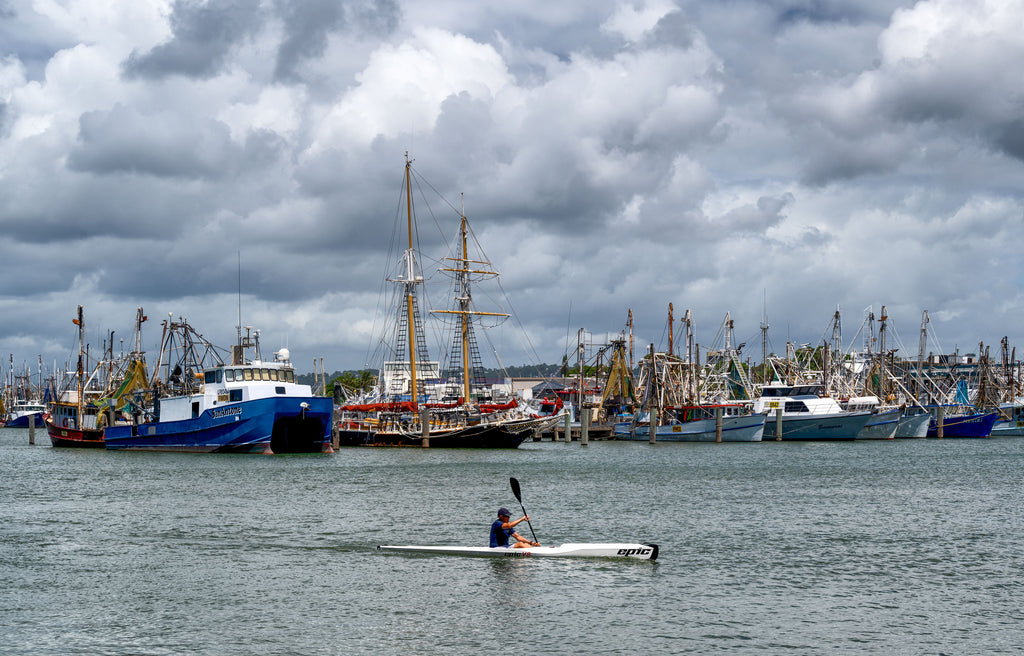
Port Douglas: Where the Rainforest Meets the Reef
Port Douglas and the adjacent Daintree are celebrated the world over for World Heritage wonders that include ancient rainforest and the Great Barrier Reef. Regularly taking out top scores in tourism awards, it’s one of the most popular holiday destinations in the world and with good reason. The Douglas Shire was the first Eco Certified Destination in Australia and is home to a unique and diverse range of fishing experiences, from recreation to tourism to commercial. It is located approximately 70 kilometres north of Cairns.
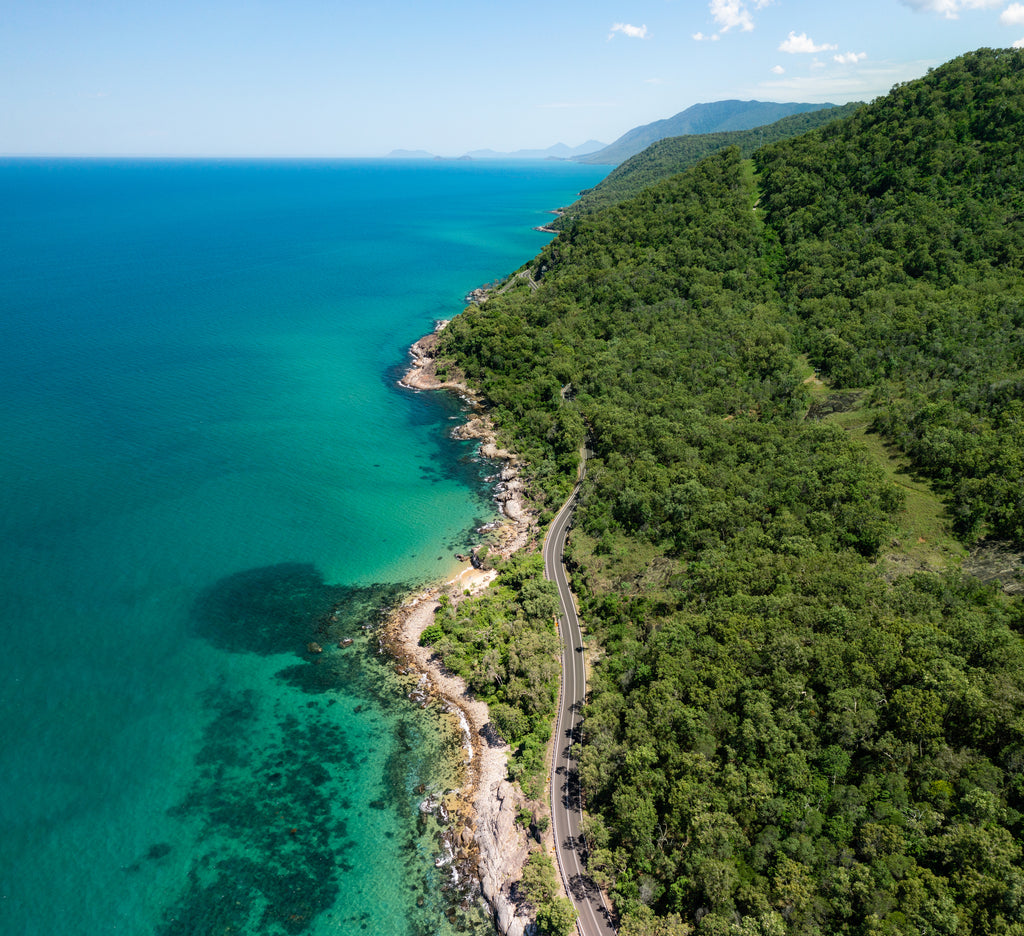
History: Port Douglas has had a rollercoaster of a history. European settlement began when gold was discovered on the Hodgkinson River in 1876, and by 1882 there were 14 hotels in town, and it was the main port for the nearby gold and tin mining fields. The boom didn’t last long however, and the population shrunk once the railway was built between the Tablelands and Cairns. When tick fever took over the cattle herds, the local farmers took to growing sugar cane, which, along with timber, somewhat revived the port until a devastating cyclone hit in 1911. The port town reverted to a sleepy fishing village for decades until tourists began to discover it in the 70s and 80s. Christopher Skase built the 5-star Sheraton Mirage Resort on Four Mile Beach in 1988 and it’s been a mecca for tourism ever since.
Fishing Industry: Fishing is culturally central to the indigenous people of the area, the Eastern Kuku Yalanjiwarra and Yirrgandji tribes who continue to practice their lore and culture with respect to protecting their sea country. This is supported by the local council’s drive to establish and promote sustainable fishing and aquaculture practices in the region. Commercially, there is a small fishing fleet based in Port Douglas comprising inshore large mesh gill net fishers, reef line fishers and prawn trawlers. Aquaculture operations, including the world’s largest producer of Barramundi, prawns and crayfish. The area is world renowned for its recreational and game fishing that can offer the rare experience of reef fishing in the morning, catching a barramundi in the estuary around lunchtime then heading to the rainforest to catch jungle perch before the sun goes down.
Things to Do: In Port Douglas, there is an extraordinary number of high-quality local restaurants that feature all the best in the local seafood with the freshest reef catches on every menu. Well known and highly recommended restaurants to try include Zinc, Nautilus, Salsa Bar & Grill and for the best paella ever, try Seabean Tapas Bar. Take a trip to the Great Barrier Reef for snorkeling or diving. Explore the Daintree Rainforest, or simply relax on Four Mile Beach.
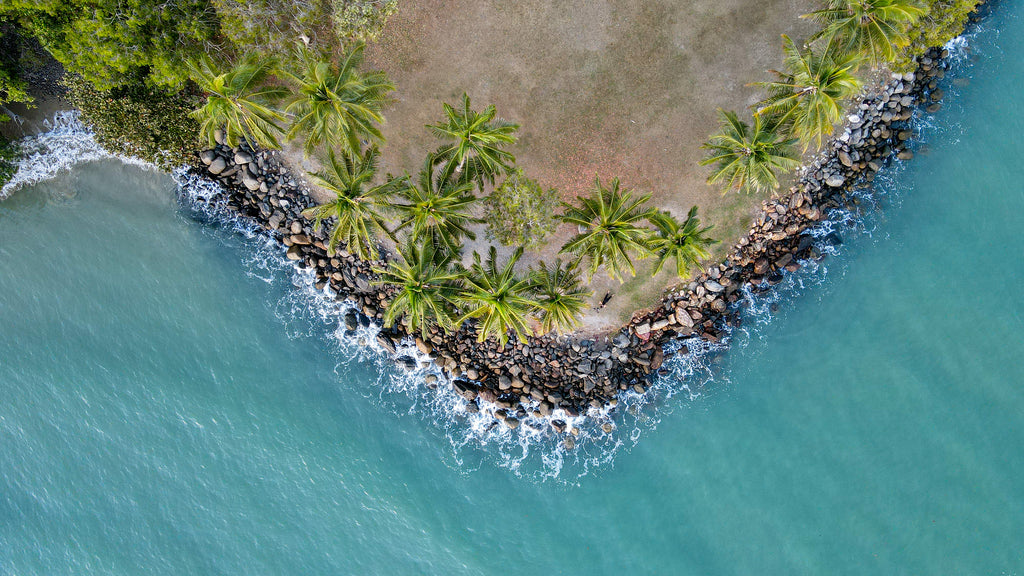
Townsville: Gateway to the Reef & the Outback
Known as one of the major gateways to the Great Barrier Reef and the nearby Magnetic Island, Townsville is North Queensland’s unofficial capital. It is home to one of the world's largest zinc refineries, and has a nickel and copper refinery as well as a busy port. There are several national parks nearby, including Girringun National Park where you will find Australia’s tallest permanent single-drop waterfall, the breathtaking Wallaman Falls and if you drive west, you very quickly enter outback Queensland.
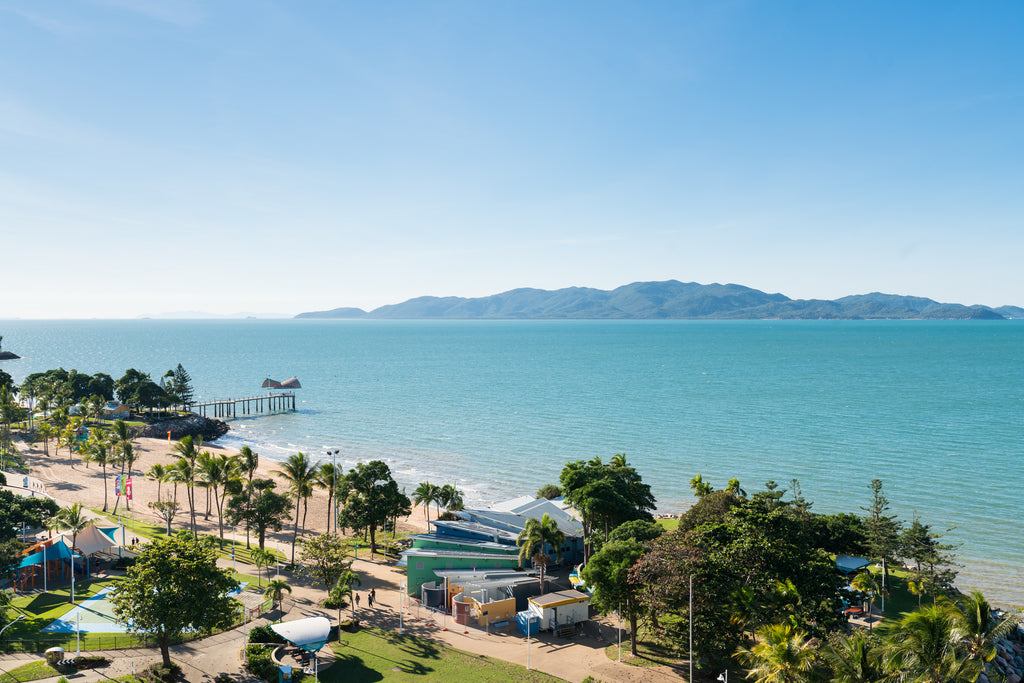
History: European settlement began in the mid-1800s, and Townsville quickly grew into a bustling port town due to its strategic location, proximity to the Great Barrier Reef and the nearby gold fields. Townsville has a strong historical connection to the fishing industry. In the early days of settlement, fishing was an important activity for both sustenance and trade. Sugar and cotton plantations were early industries, supported by South Sea Islander enforced labour – a practice known as blackbirding. During World War II it played a vital role as a South Pacific military base populated by Australian and American troops. James Cook University was established in Townsville in 1970.
Fishing Industry: The Port of Townsville is a bustling hub for the fishing industry, offering a diverse array of seafood for recreational and commercial fishing. Mud crabs, banana prawns, and blue swimmer crabs are some of the local treasures as well as barramundi, bream, dusky flathead, fourfinger threadfin (bluenose salmon), mangrove red snapper, and whiting. James Cook University is home to the Centre for Sustainable Tropical Fisheries and Aquaculture and specialises in the sustainable exploitation of tropical aquatic species, supporting food security through knowledge.
Things to Do: Townsville's dining scene showcases the best of North Queensland seafood - sample the renowned Mud Crab Curry or enjoy a seafood feast at one of the waterfront restaurants. Explore the iconic Castle Hill for panoramic views, visit the Museum of Tropical Queensland, or take a ferry to Magnetic Island for a unique island experience, exploring shipwrecks as you go.
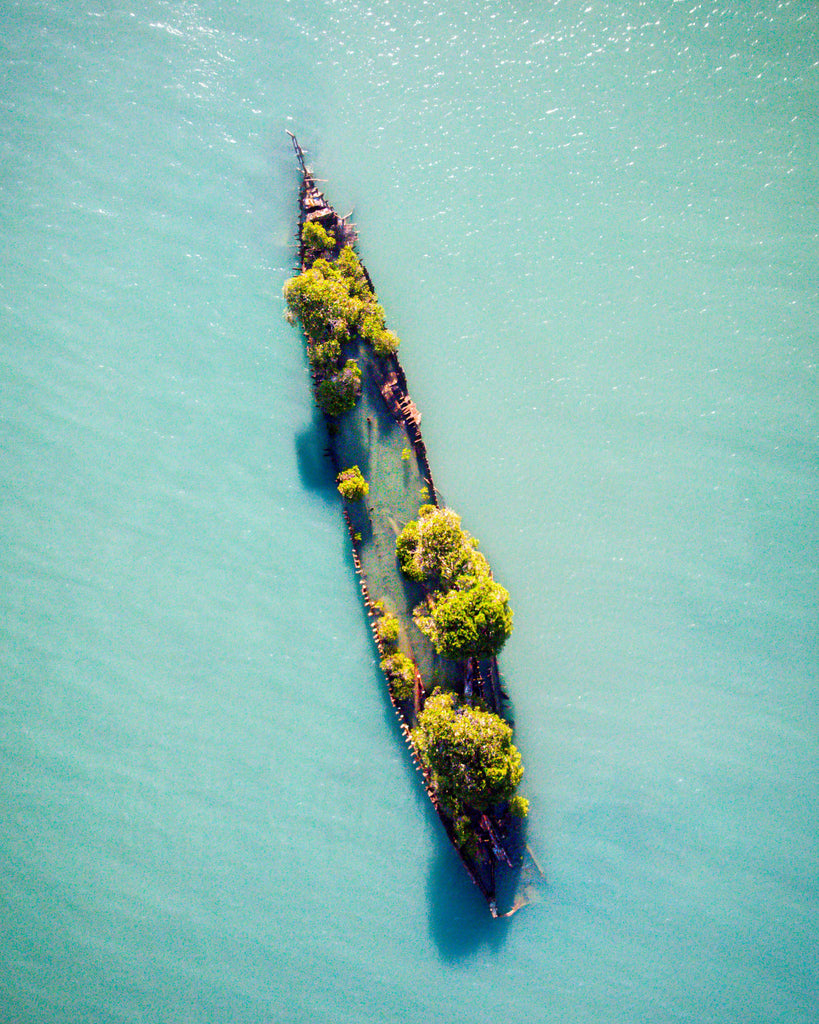
Hervey Bay: A Whale of a Time and Seafood Feast
Located just 290 kilometres north of Brisbane, Hervey Bay has a reputation as the "Whale Watching Capital of the World." Each year, between July and November, humpback whales migrate through the area on their journey to and from Antarctica. With its world heritage listed K’gari, (formerly known as Fraser Island) and also the world’s largest sand island, just off the coast, it is a mecca for holiday makers from all around the world.
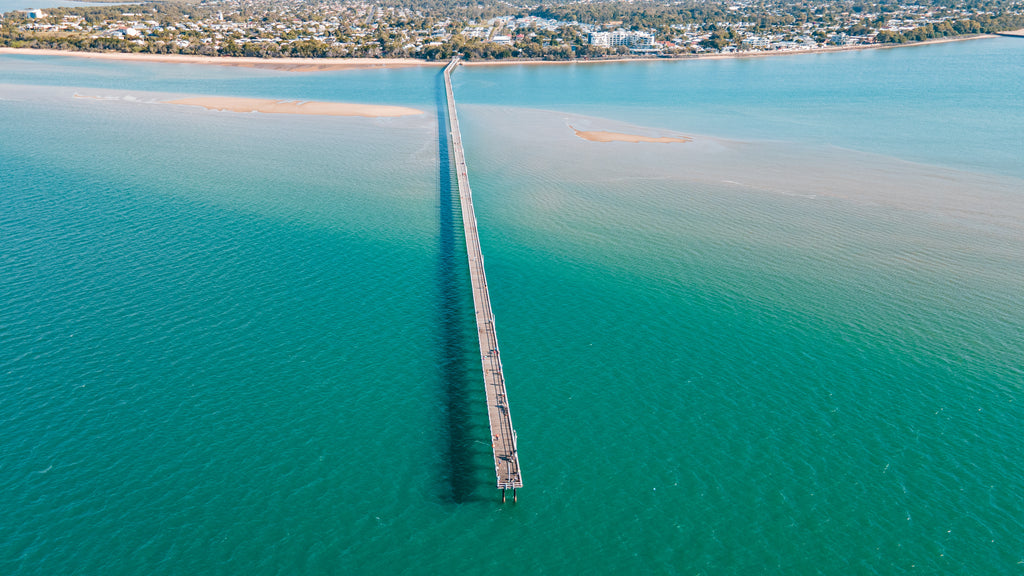
History: Noted by Captain Cook in 1770 on his way past, and named Hervey’s Bay after his boss, Lord Augustus Hervey, the area was also visited by Matthew Flinders on his circumnavigation of Australia in 1802. European settlement wasn’t until the 1850s and was focused on timber and cattle, then by 1871, sugar cane. In the early 20th century, the famous Urangan Pier was built, jutting more than a kilometre out into the South Coral Sea for loading coal and sugar for export.
Fishing Industry: Hervey Bay is a haven for fishers, both recreational and commercial, with access to the Coral Sea and the Fraser Coast. Spanner crabs, scallops, prawns, and fresh fish are the pride of local catches. The shallow and sheltered waters of the bay provide ideal conditions for these species to thrive. Scallop harvesting has been restricted in the last few years however, due to overfishing and the local industry is struggling with the consequences. Commercial fishers target prawns, bugs, sand crabs, mackerel, whiting, mullet, trevally, flathead and tailor and marine aquaculture sites include pearling, scallop and sea cucumber (bêche-de-mer) ranching.
Things to Do: No visit to Hervey Bay would be complete without a jaunt across to K’gari to enjoy the 127 kilometres of unspoilt beaches or a whale watching cruise. Keep an eye out for dugongs and turtles too. Restaurants to try include Enzo’s on the Beach which is open all day for brunch and eats but has a seafood after five menu, Odyssey Bistro with a sustainable farm/fisher to plate experience and Maddigan’s Seafood for when only fish and chips will do but the catch of the day might be local coral trout, snapper, barramundi, Pacific dory or sweetlip. Drop a line off the Urangan Pier and catch your own dinner or wander the Esplanade taking in the spectacular views.
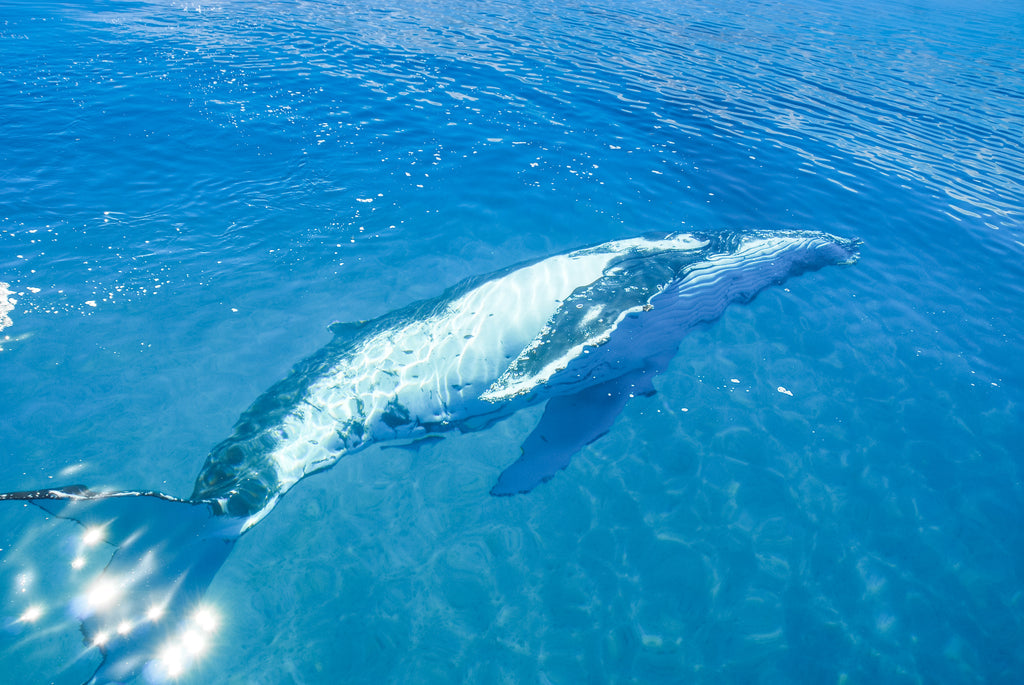
Queensland's coastal seafood destinations offer a tantalizing blend of history, culture, and ocean bounty. Whether you're savouring prawns in Mooloolaba, exploring the wonders of the Great Barrier Reef in Port Douglas, enjoying the freshest mud crabs in Townsville, or feasting on Hervey Bay scallops, you're in for a treat. So, pack your appetite and sense of adventure, and embark on a seafood journey through these coastal gems of Queensland. Your taste buds and senses will thank you for it.
And if you can’t get up to Queensland, we’ve got plenty of delicious seafood to tempt you with in store.

